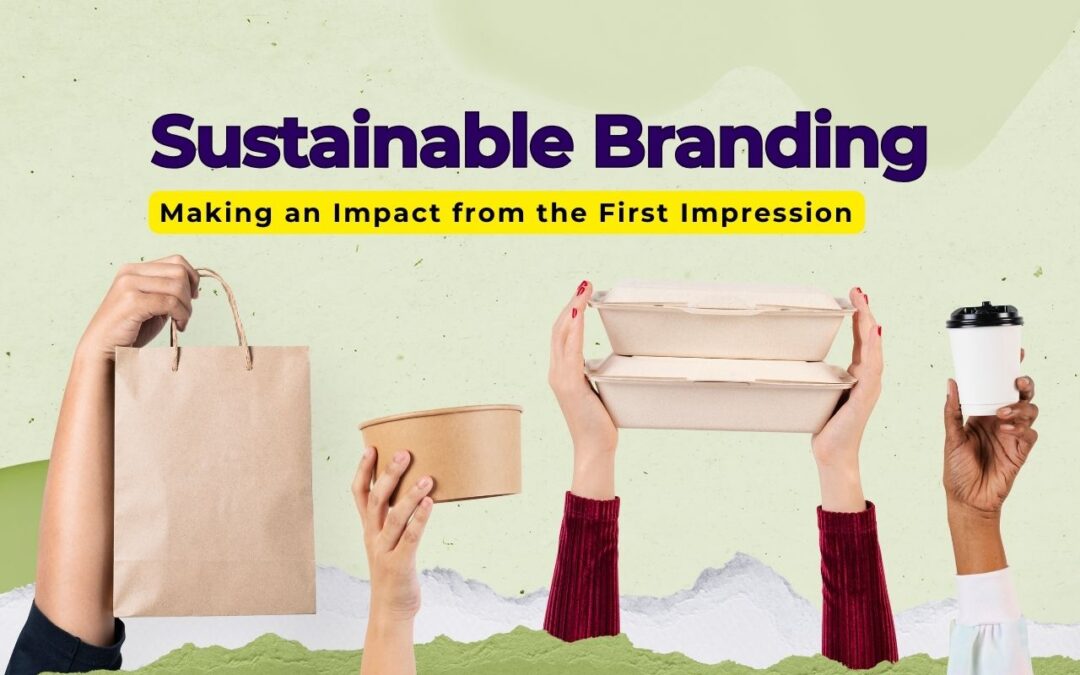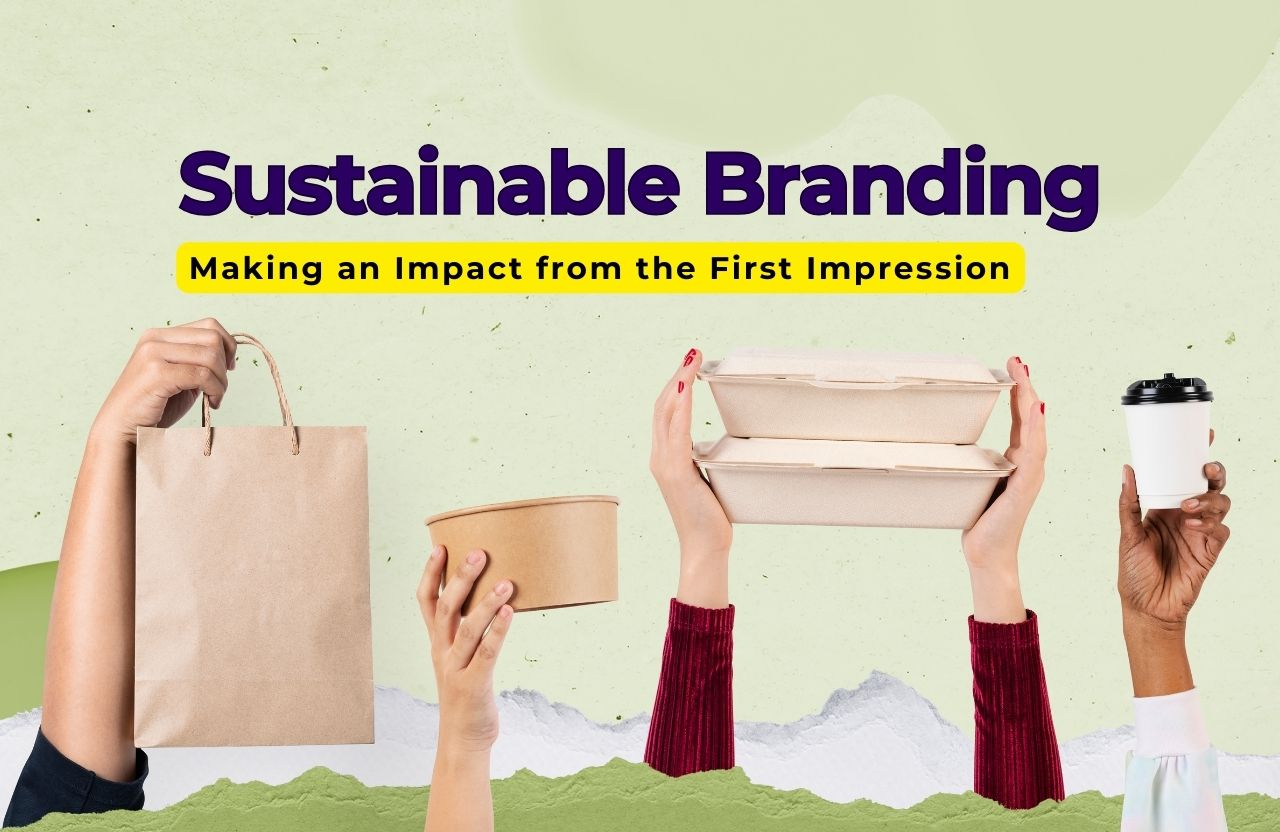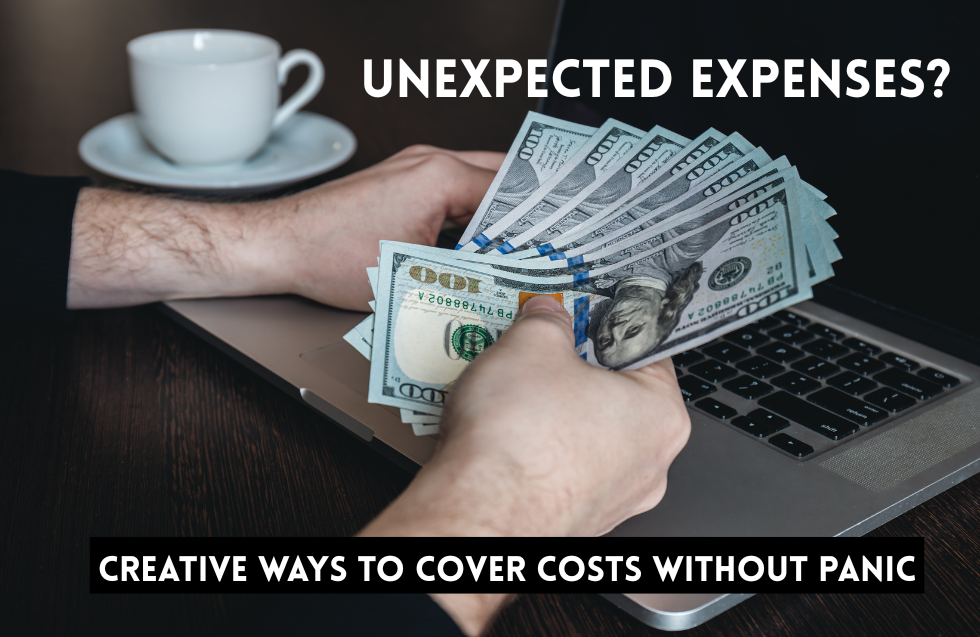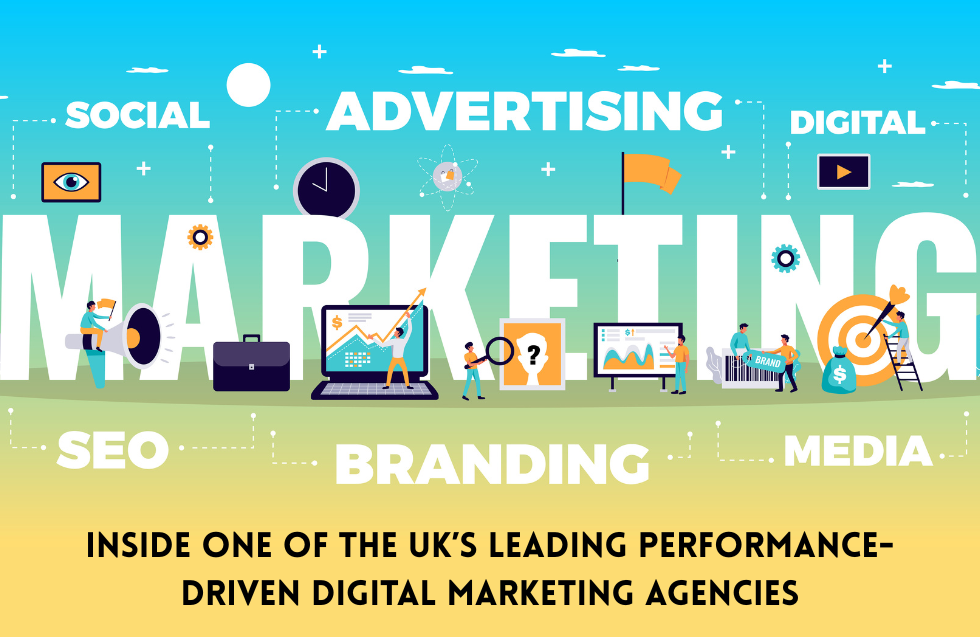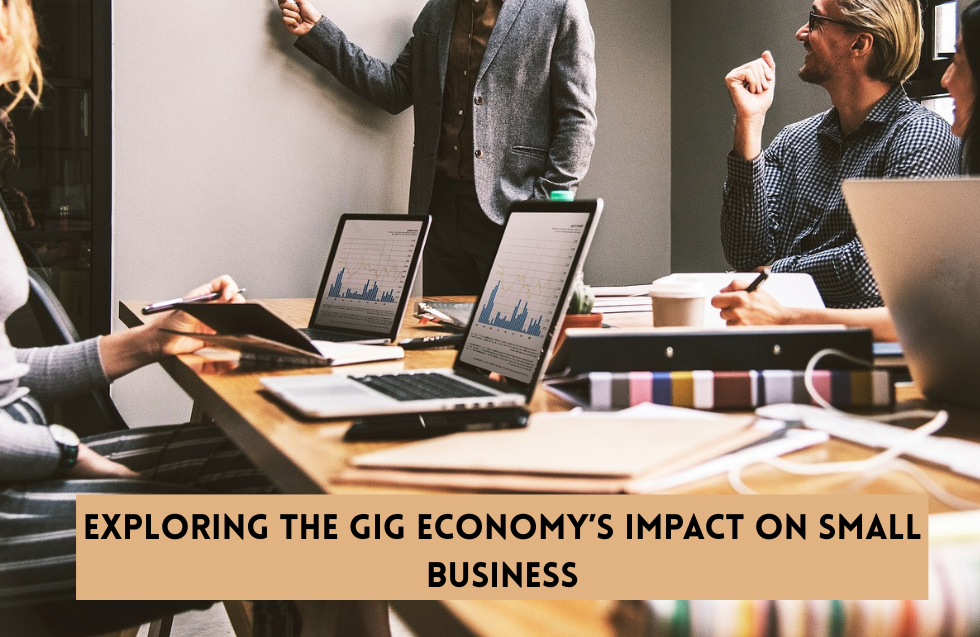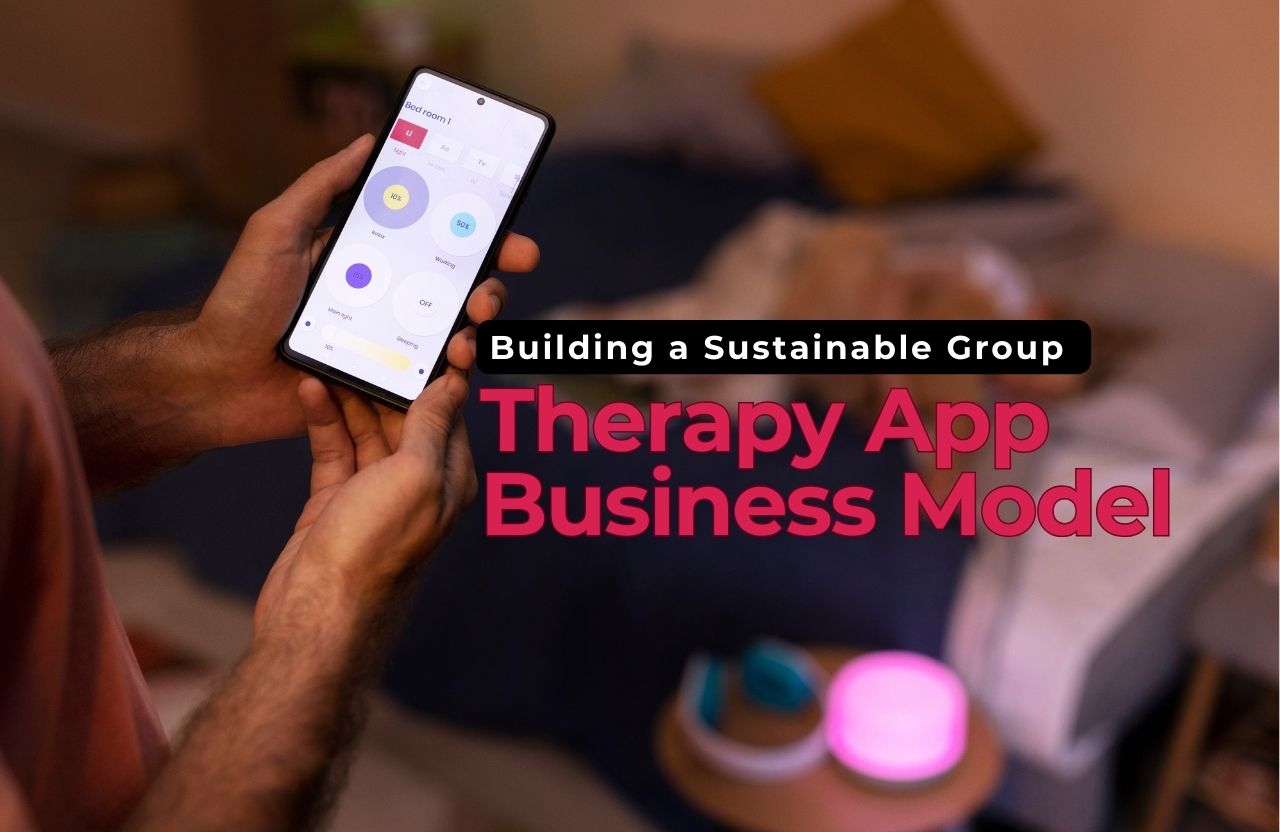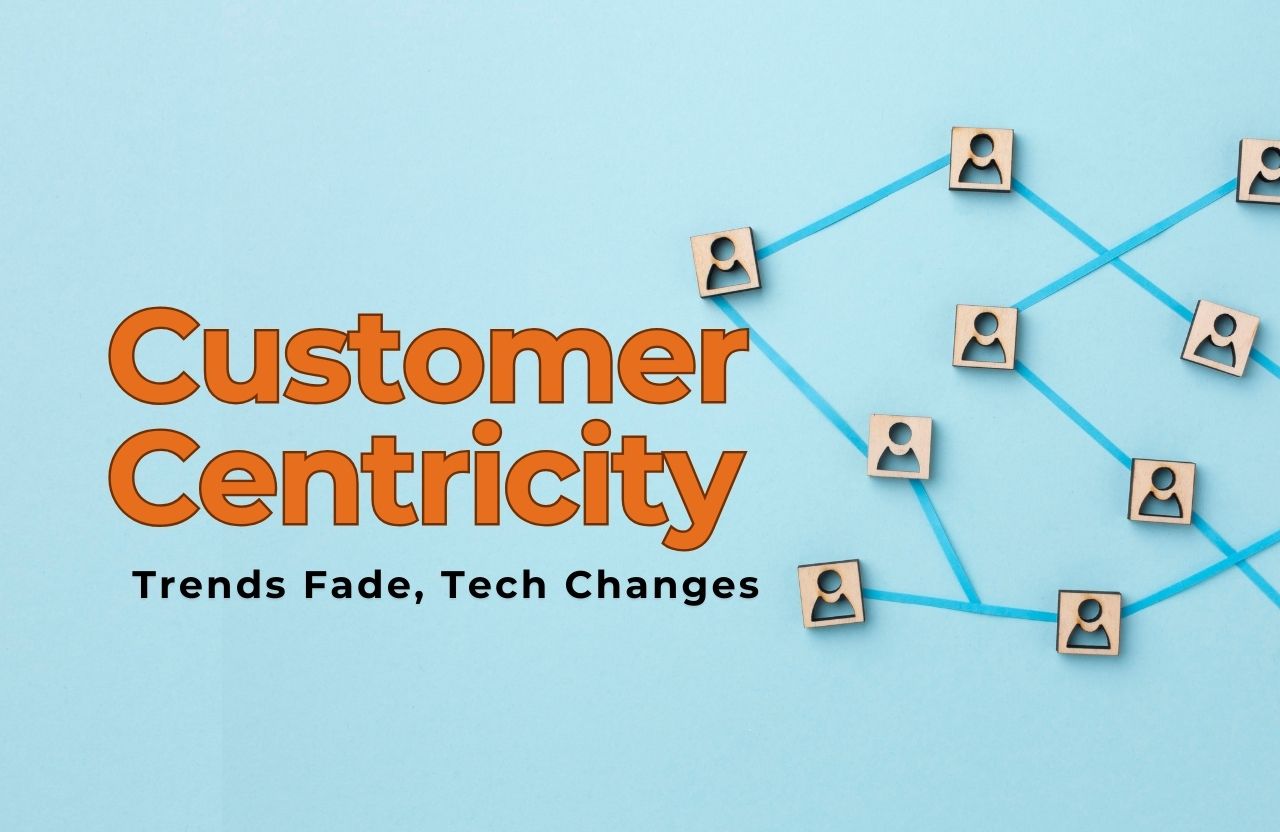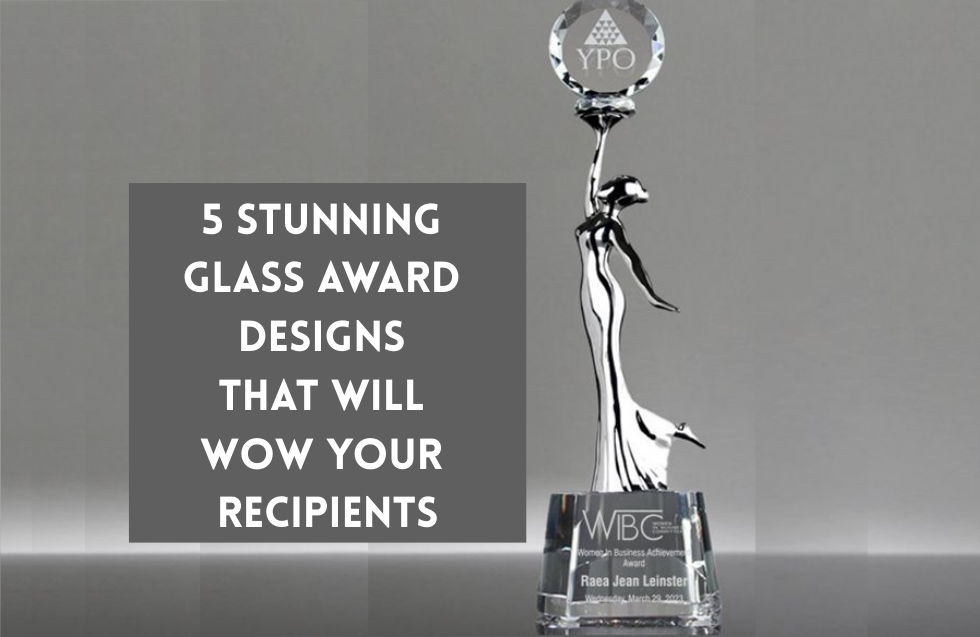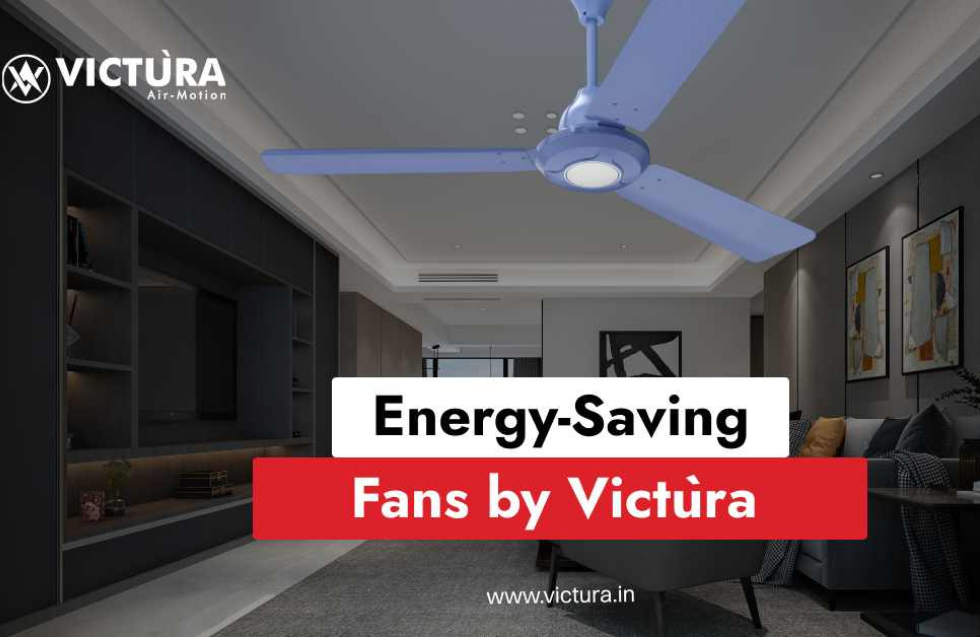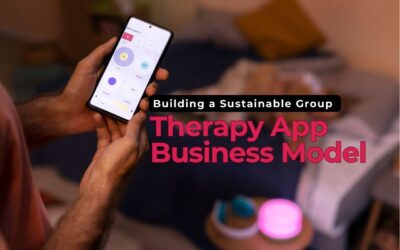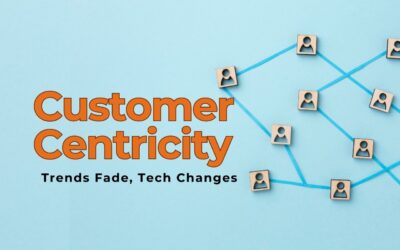The Underappreciated Champion of Your Brand
Picture this: You eagerly unwrap the package, only to find not thinned-out plastic, but an elegantly crafted recyclable box in earthen tones showcasing minimalistic design. That moment or ‘first impression’ when your brand engages with your customer can speak of measurable value in terms of sustainable branding, authenticity, and caring without saying anything.
That is sustainable packaging branding: turning a nothing box into a meaningful experience that is connected to a green value and creates brand presence.
The Importance of Sustainable Branding Now
By 2025, sustainable packaging is not only good for the planet, it’s essential for brand growth and profitability.
- McKinsey reveals that most younger and higher-income customers are ready to spend extra for sustainable packaging and assert brand owners into accountability for those decisions.
- Consumer research backs it up: over 80% of consumers will pay more for green packaging and 90% of Gen Z expect it.
As one insider explained, “Sustainable packaging is no longer a checkbox, it’s part of brand strategy and consumer trust building.”
Packaging as the First Touchpoint in Brand Experience
Packaging is more than a vessel! It is your brand’s handshake. Evidence suggests that packaging can have an important impact on the identity of your brand and the meaning in the mind of the consumer. A package that is able to engage curiosity, trust and create connections to motivate brand association is an important part of sustainable branding.
Sustainable packaging is one aspect of this concept. Communication of values, establishing trust, points of difference for your brand and long-term loyalty are all aspects of sustainable packaging.
Best Trends in Sustainable Packaging by 2025
1. Compostable, Recyclable & Bio-Based Materials
Companies are moving to compostable alternatives, biodegradable materials and plant-based plastics that will either safely degrade or be waste free.
2. Policy Drives
Extended Producer Responsibility (EPR) American legislators are enacting EPR legislation and definitions for stronger recycling, nudging brands to more responsible packaging design by default.
3. Innovations
Edible & Smart Packaging Smart packaging made from seaweed and edible packs free of battery are on the rise; re-inventing tradable environmental benefits with tech cool.
4. Brand Transparency & Certifications
Certifications and transparent labeling build trust by demonstrating your sustainability claims.
5. Minimalism & Mono-Materials
One material type can do it all, recycling made easy and in sync with sleek modern design.
Sustainable Branding that Works For You – Here’s How
- Align with Consumer Expectations – As brand owners, it is your agenda to deliver sustainable packaging innovation, not regulators!
- Demonstrate Eco-Materials with your design – Use recycled cardboard, biodegradable polymers or paper fillers with an impressive statement packing design.
- Combine Branding & Sustainability – Incorporate your eco-innovation with design and without compromise.
- Use certification & story-telling – Be open about your packaging story to build trust.
- Avoid Greenwashing – Be transparent about your practices and support them with verifiable evidence.
Recent Real world examples
- Amazon reduced its plastic packaging by 16%, replacing it with recyclable paper increase for both packaging sustainability and customer acceptance.
- Susquehanna International Group (SIG) has launched the world’s first fully recyclable bag in the box wine packaging that displayed recycling instructions clearly on the pack.
- Refill systems, circular packaging and greater transparency are being adopted by beauty brands to fulfill ESG objectives.
- According to the Wall Street Journal, 37% of North Americans and 42% of Europeans will not buy a product that has anything other than eco packaging.
Key Takeaways to Drive Your Sustainable Branding
| Strategy | Why It Matters |
| Start with the box | First brand touch, make it sustainable and smart. |
| Use eco-friendly materials | Reduces footprint and increases trust. |
| Stay ahead of policy | EPR laws require forward-looking compliance. |
| Highlight transparency | Certifications and transparent labeling establish trust. |
| Innovate smartly | Smart, edible or biodegradable packaging can distinguish your brand. |
FAQs
1. What is sustainable branding?
It is incorporating green principles into your brand identity, operations and marketing showing responsibility for the environment at every touchpoint especially packaging.
2. In what cross ways does packaging affect sustainable branding?
It is the first hands-on experience that a customer has when they connect with your brand, so it could be a good instinctive way to instill your beliefs and simultaneously build loyalty.
3. Is sustainable packaging more costly?
Yes, right away. But you will see financial benefits over time like cost-saving from the waste we create, cost saving from less material and cost savings from retention.
4. List the best sustainable packagings
Recycled cardboard, compostable bio-plastics, plant-based films and mono-materials etc.
5. How do we stop greenwashing?
Only make claims that you can substantiate with certifications and open reporting.
Conclusion: First Impressions They Last
Sustainable branding begins the moment a customer sees your packaging. It communicates integrity, creativity and purpose. With packaging becoming a statement in 2025, we should be striving to achieve this in design now!
Your green packaging does more than just provide differentiation and instilling loyalty, also engages customers with shared values with a healthy planet. So, when customers look at your package will they see your brand or just your box?
